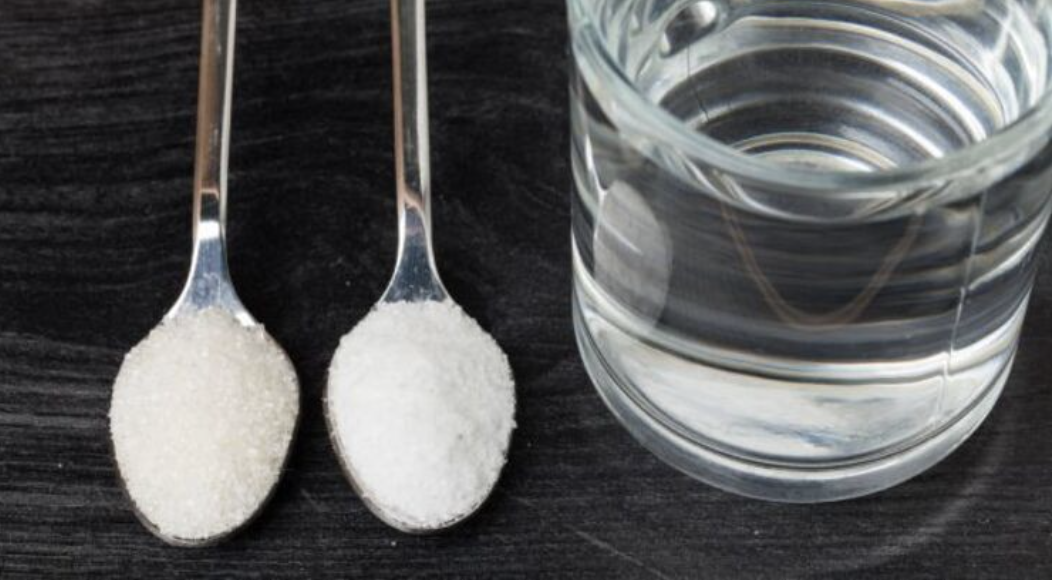Water, sugar, salt: the three-ingredient recipe to change the world
The development of Oral Rehydration Solution promised a brighter future to the world’s global poor, and yet the problem of diarrhoeal diseases — killing millions every year — remains very much unsolved.
Dhaka, 1968. Young woman is cared for during a cholera epidemic outbreak near Chittagong.
Source: April Ingram for Science Heroes
Dhaka, 1968. Researchers David Nalin and Richard Cash had just embarked on a breakthrough discovery that would change the world. Under a long and languid autumn, they had developed Oral Rehydration Solution (ORS) that could rehydrate diarrhoea patients and strengthen them back to full health in minutes.
The solution was unassumingly simple: water, sugar, and salt. Half a cup after every loose movement and one could revive the sick back to life like marigolds in the Spring. In a short report in 1987, UNICEF said, “No other single medical breakthrough of the 20th century has had the potential to prevent so many deaths over such a short period of time and at so little cost.” ORS promised a brighter future to the world’s global poor, at low cost and high scalability.
But sometimes magic bullets misfire. Diarrhoea still kills 1.5 million people a year and is the second leading cause of death amongst children under five.
So why does this low-hanging fruit remain so chronically under-picked?
Some economists say it is a problem of supply. The argument is as follows: ORS in its commercial form is undersupplied in rural poor communities and its underuse is a result of maldistribution. This certainly seems sensible — but the solution only costs a few pence and needn’t even be purchased at all. It can be made at home.
Water, sugar, and salt: the three components of ORS.
Source: Shutterstock
Others are more pessimistic. They suggest that people in developing countries think ORS is worthless because it is too cheap and too simplistic. Abhijit Banerjee and Esther Duflo argue that there is a “psychological sunk cost effect” at play in the market for medicine, leading even the world’s poorest to shun ORS because of a belief that medicine that costs more is more effective.
Indeed, there is some anecdotal evidence that a salvo of magic bullets when shot freely across the developing world fail to take their full value with them. There are stories of malaria nets being used as wedding veils and fishing nets in Africa, for instance, though critics say the prevalence of this misuse is overstated.
Malaria nets being used for fishing in Africa.
Source: Shutterstock
But it is hard to communicate the power of ORS when its components seem so pitifully simplistic. Evidence from Thailand suggests that people distrust the solution because it doesn’t reduce the volume of diarrhoea — instead only replacing the hydration levels within a patient — and so the wrongful assumption is made that it isn’t working. Nurses in India say mothers who come into clinic with their sick children refuse to take home ORS in many cases. They never see those children again.
Nevertheless, it would be pious to suggest this kind of “sunk cost” irrationality in the market for medicine is consigned to the developing world. Even in the developed West we overuse antibiotics; we take syrups for illnesses that are otherwise self-limiting; and we have a tendency to overmedicate, with a government-commissioned review estimating that 10% of items dispensed in primary care in England are overprescribed.
Though there is little literature on how to combat reluctance to use ORS, improved education about the mechanisms via which ORS works is a start to improve take-up. Perhaps when people are better informed will ORS fulfil its role as “the most important medical advance of this century”, as it was once described by The Lancet.
But in the meantime, Oral Rehydration Solution still leaves many problems unsolved.



